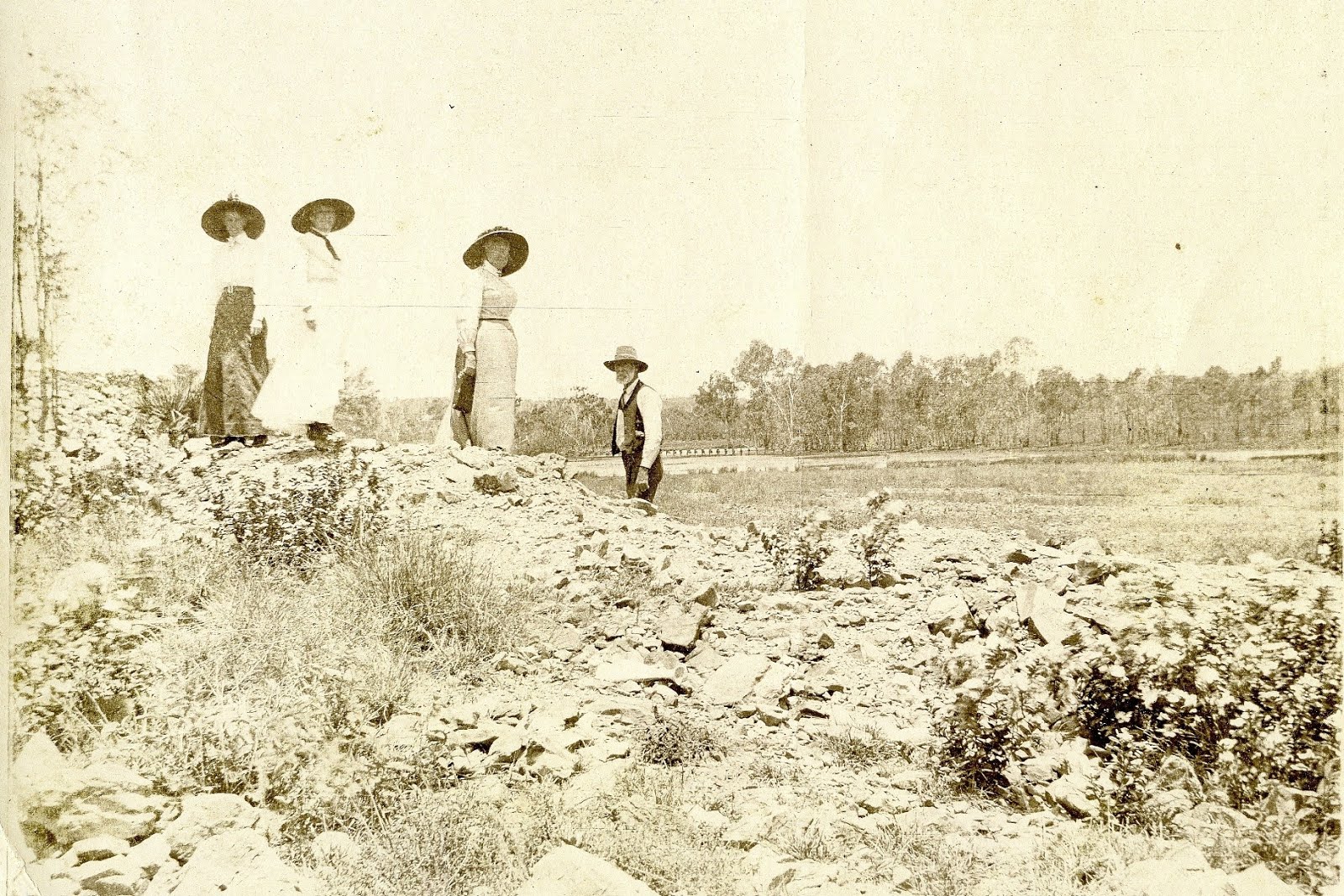 |
| My uncle, Jack Bell,as an amateur jockey. |
The Bells and the Clarks were devotees of the sport of
kings. Describing them as
devotees is too mild; they treated horse racing as a religion. They would have
gladly raced horses full time rather than run cattle stations.
I think I’m the only one of my family that never owned a
race horse. Even my father raced a horse
and he once told me that the racing fraternity were the lowest form of human
life. My father and all of his seven siblings (three females and four males) owned
horses. Then it was my grandparents,
Jane Florence and Richard Bell who raced horses, largely in North Queensland.
My grandfather had an unfortunate incident with one of his
purchases from Melbourne. The stallion
had raced in several major races in Melbourne including an unplaced in the
Melbourne Cup. On its arrival in Charters Towers from Melbourne, he was showing
it off down the main street when it grabbed him by the seat of the pants,
lifted him up and dumped him in on the ground. The resulting injury was enough to put him in hospital.
My grandfather still kept the horse and it lived a long life.
My great grandfather, John Clark, regularly attended the
Sydney and Melbourne yearling sales and raced winners in North Queensland. My grandfather’s brothers and cousins were
also heavily involved in the racing industry as owners, jockeys, farriers and
stewards. It even goes down to the
present day when my father’s first cousin, Doctor Kevin Bell (Veterinary Science),
founded the Australian Equine Genetic
Research Centre in 1986. It is located at the University of Queensland in
Brisbane.
Some of the most notable family horses and racing wins are:
Grosvenor Downs ( owned by Minnie and Cosmo Gordon. Minnie
was a sister of my grandmother) owned My
Man who was a grandson of Assyrian. Assyrian won the 1882 Melbourne Cup. They
also owned Nonette who was bought as a breeding sire. During his racing career,
Nonette won the equivalent of seven million dollars in today’s money.
My grandfather’s brother, John Bell, who owned Cardigan
Station, bought Eastcourt as a breeding sire.
During Eastcourt’s career he won the equivalent of five million dollars
in today’s money. Some of his wins are the VRC Handicap and the Sydney Tattersalls.
Eastcourt also ran second in the Sydney Cup and a third in the VRC Derby and
the Australian Cup.
 |
| Eastcourt. |
A first cousin of my father named Simon Lynch, won the Grand
National Steeplechase in Victoria in 1932.
As you can see, horse racing is in the blood.
